Wondrous Wednesdays: The Magic of Christian Dior
Having visited his iconic exhibition in 2019 at the V&A museum, what are some of the most signature Dior looks and what impact did he have on the fashion world?
The Beginning…
The house of Christian Dior is full of elegance. This may well have stemmed from the fact that as a young boy, Christian Dior’s mother would often kiss him goodnight dressed in a stunning evening gown, just before she left to go to a ball. Dior was born on 21st January 1905 to Maurice Dior, who manufactured fertiliser. The joke amongst the villagers in Granville, Normandy, where the Dior family lived was “it still smells of Dior.”
Christian Dior was interested in fashion from a young age and wanted to be an artist. His father was greatly against this though, so Dior started studying Political Science in order to perhaps become a diplomat. As this pleased his father, Maurice set up a small gallery for Christian so that his son could indulge in his passion for modern art during his spare time. However, due to the stock market crash of the 1930s and some bad investments, Maurice lost everything, so Christian had to support himself. He had to give up his gallery and worked for some time as a freelance illustrator before finding permanent employment as a dress designer with Robert Piquet a year later.
The Foundations of Maison Christian Dior
By 1939, Dior had to interrupt his career to go to war. A year on though, he was discharged and joined his father and sister to work as a farmer in southern France. In 1941, he returned to Paris and managed to find employment as a designer for Lucien Lelong. He rejuvenated the line so much that an American journalist inquired who the young man behind the scenes actually was. Consequently, he piqued the interest of Marcel Boussac, who was intrigued by Dior’s idea of designs that required extravagant use of material for obvious reasons and so, the house of Dior was founded on 30 Avenue Montaigne, where it remains to this day.
Back in December 1946, before the launch of Dior’s first collection, Mitzah Bricard was hired as the pattern maker. She would go on to become Christian Dior’s muse. He wrote a lot about her in his memoirs and autobiography, Christian Dior and I. John Galliano is said to have been in awe of her mystery. Thanks to her, leopard print and lilacs are considered the house codes of Dior.
The New Look, 1947
At 42 years of age, on 12th February 1947, Dior launched his Corolle line and the rest, as they say, is history. It caused a sensation and it was writer Carmel Snow who first dubbed the collection a “New Look”, making Christian Dior the king of couture. “Dior saved Paris as Paris was saved in the battle of Marne”, wrote Carmel Snow. During the Second World War, couture was in decline with houses such as Chanel turning to making military uniforms for the French army. However, thanks to the appearance of Dior, it was flourishing again. Neiman Marcus, the Texan department store, invited Dior to receive a design award that same year. Upon his visit, Dior soon realised this market carried huge, undreamed of opportunities. That same August, Dior introduced his Winter collection, which was just as wildly received. For the next decade, Dior carved out a path which meant his creations would be met with ecstatic enthusiasm around the globe. 1947 was also the year that saw the launch of the Miss Dior perfume, then Diorama and Diorissimo followed soon after.
Shy and reserved, Dior was touched, to receive so much praise from all angles. His dresses were so in demand that his salon on Avenue Montaigne stayed open way past midnight for some time. A single dress skirt could have over 36 metres of fabric in its circumference. In his first collections, each garment could weigh anywhere between 3.63 kg to over 27 kg, making the dresses really heavy.
Then and now: an illustration of the amount of tulle used in the original 1950s dresses compared to the relatively lightweight fabrics at the end of the 20th Century in John Galliano’s dress (inset).
The Controversy
Some may argue that “New Look” is one of the most misunderstood terms in the history of fashion - what was new about dressing women up as sex objects and status symbols for men? What was new about women having to be helped into a taxi and needing huge suitcases to accommodate their wardrobes on journeys? Women were not even able to get dressed without the help of a servant! Dior did have his fair share of critics. Cristobal Balenciaga found Dior’s handling of fabrics “dreadful” - instead of “letting the fabric speak for itself”, the thought process by which Balenciaga worked, Dior would tweak and combine fabrics until they gave shape to the garment. Quite notably, Madame Coco Chanel herself once said, “Dior? He doesn’t dress women, he upholsters them.”
The Business
By 1949 though, 75% of French fashion exports were from the house of Dior and a Gallup opinion poll showed that Christian Dior was the 5th best-known man in the world. From 1949, Dior received a percentage share of profits for every copy of his designs, thus inventing the licence fee. “We are selling ideas”, he would say. This meant that a creation could not be released for copying for a single payment. This turned out particularly lucrative when he launched fragrances and accessories.
When Selfridges in London launched the Christian Dior Maison de Parfums back in 2011, I remember one of the consultants telling me about how Monsieur Dior would pick out every fragrance to go with a different outfit and that is how the fragrance New Look 1947 was created.
The Dior fragrance section inside Selfridges, London today. Image courtesy of wwd.com.
Back in 1947, Christian Dior really managed to capture the zeitgeist of his contemporaries. He once remarked, quite flippantly, “Europe had had enough of bombs dropping, now it wanted to let off fireworks.” As a brilliant marketer, Dior introduced a new way of presenting haute couture - his models would make theatrical appearances, swirling majestically past their audience, whirling their full skirts provocatively. Each model came out one after another, with the same exciting tempo. Imaginative names were given to each one and announced, “Number one, Verdi!... Number two, Pergolesi!... Number three, Wagner!”
Dior’s Creative Process
Christian Dior hard at work in his garden at Milly-la-Forêt,1950s. Photograph by Eugene Kammerman (1920-1961).
Christian Dior had country houses in Fontainebleau and Provence, so twice a year, before he needed to create a new collection, he would become deeply depressed and lock himself up in a study at one of these houses. He would refuse to see anybody save a servant that brought him his meals. He would make provisional sketches on his large drawing pad, imaginary hieroglyphs and meaningless doodles. Then, the muse would hit him when he would suddenly be able to clearly visualise the line of his new collection. At that point, about six assistants would anxiously be waiting for him to emerge from his study outside and would cheer when he’d finally come out from his study with hundreds of sheets of paper, then they would diligently get on with drawing up his designs.
In addition to being a great couturier and a perfectionist, Dior took it upon himself to cater to an international client-base, which meant that he would develop his own designs for his salons in London, New York and Caracas. This involved taking into account the special requirements of each country and adjusting to the physical proportions of his clients there. This added up to around a thousand designs per year. For someone like Dior, who was always ensuring newness in every collection, this must have proved particularly stressful.
A recent post from Maison Christian Dior via @dior on Instagram, showing a sketch for the Winter 1951-52 collection, inspired by the tartans of Scotland.
The Dresses
It is hard to pick a single Dior outfit for me as they are all absolutely iconic! The illustration below shows the lines Christian Dior himself came up with in the decade that he was alive and running his house.
How Dior’s dress lines changed throughout the decade he was active. His aim was to introduce at least a new element each season if not, change the entire look. That way, his fashion quickly became out of fashion, creating exciting and demand for his clothes. Note the hemlines are all demurely below the knee.
I’ve also included nine historic outfits from the Dior and V&A Museum archives:
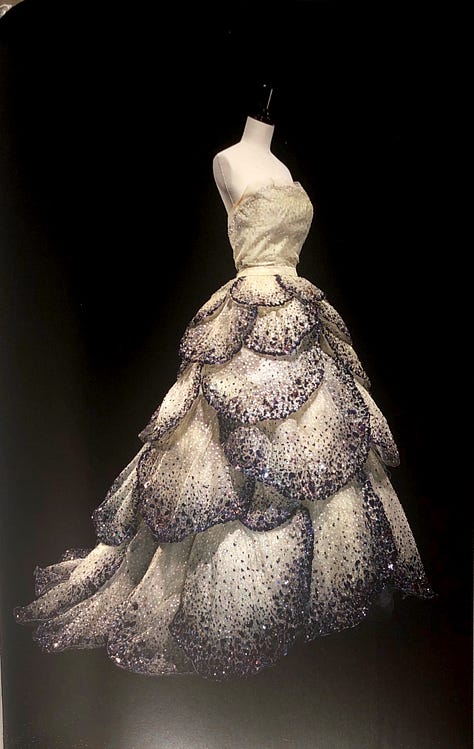



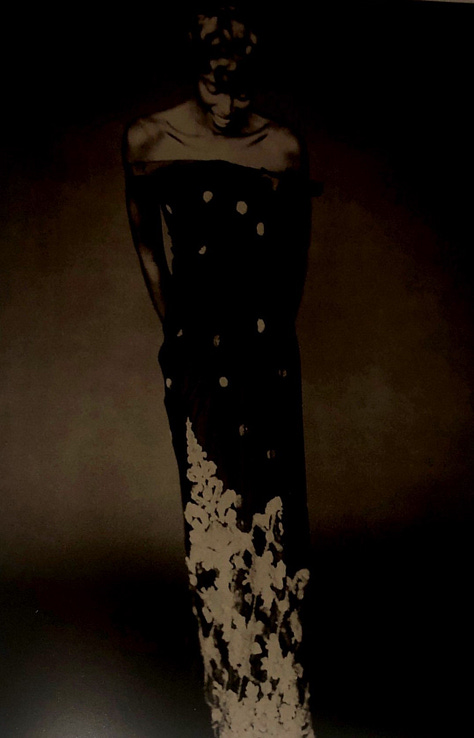


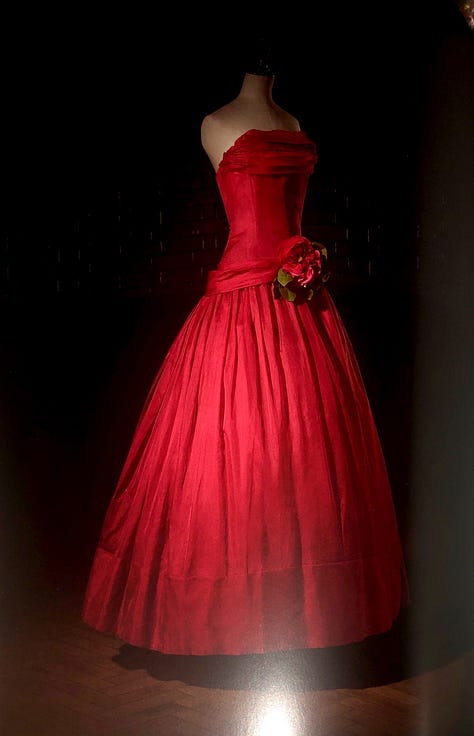
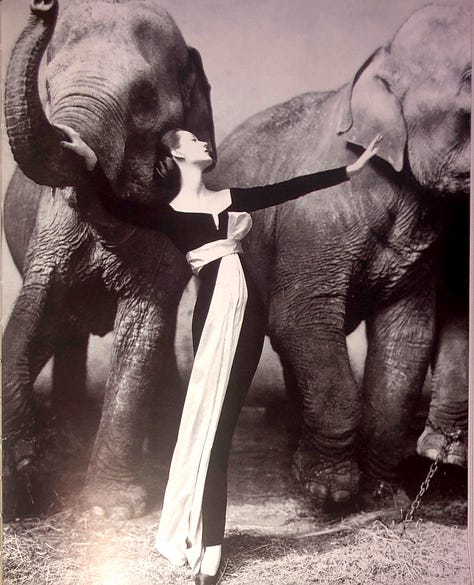
As I’ve been to the Dior - Designer of Dreams exhibition at the V&A, here are some photos I took while there. You can see creations by Galliano, Raf Simons and others as well as the dress worn by Princess Margaret for her 21st birthday - the photo of her can be seen in the gallery above and was taken by Cecil Beaton in 1951. Also shown is Naomi Campbell in a sari-like creation and a Dior fashion campaign photograph by Richard Avedon, featuring model Dovima with elephants, taken back in Paris for the 1955 Cirque d’hiver collection.
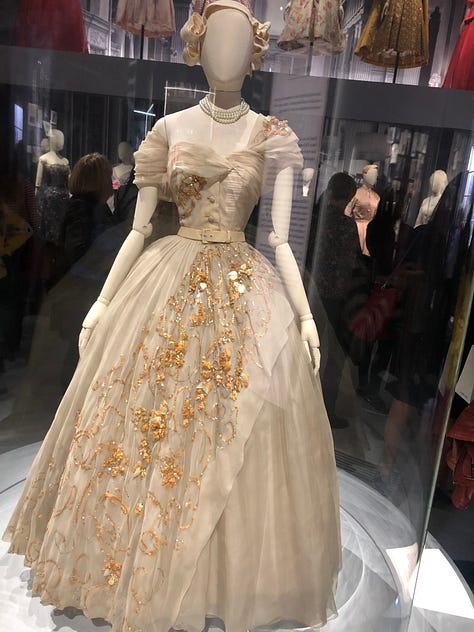
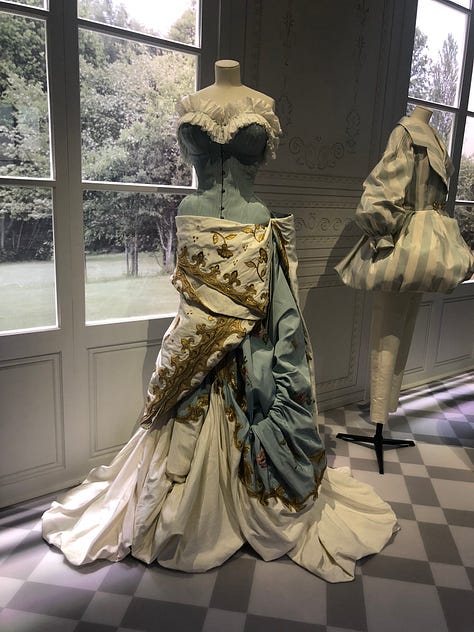

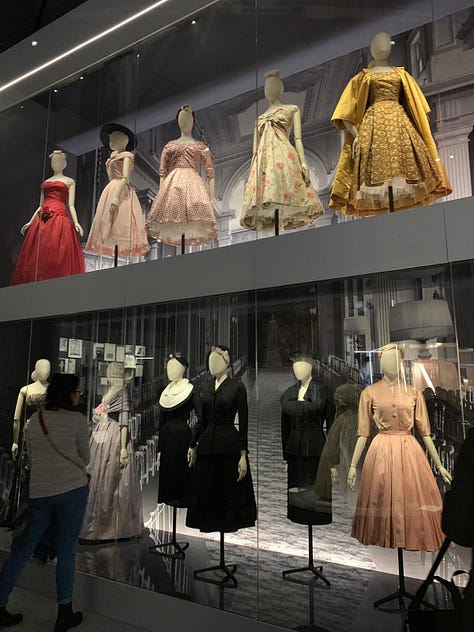
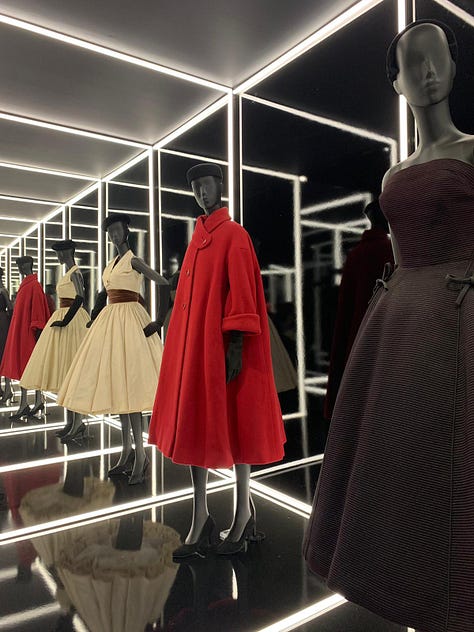


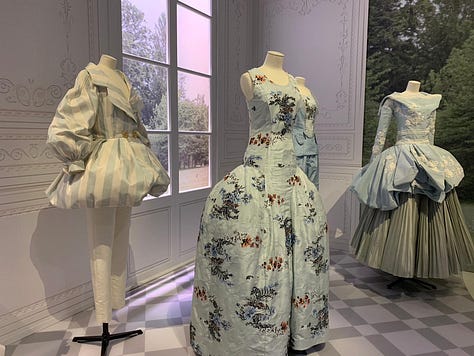

Personal Life
Dior was a mother’s boy - gentle, soft-hearted, anxious and dreamy. He would bow at the lowest trainee, stepping aside in order to let her get in the lift first. He would spend months choosing Christmas gifts personally for each of his hundreds of employees. He was someone who loved elaborate meals but hated being on his own. In love, he wasn’t so fortunate, having received rejections from multiple young men who just wanted to stay friends. It was not until 1956 that Jacques Benita showed up in his life, keen to be his partner. Finally in love, Dior decided to go to a health resort in Montecatini, Italy, to try and lose weight and get his health back.
Sadly, on the tenth day, he suffered from a fatal cardiac arrest, collapsing after a game of Canasta. It was 23rd October 1957. His fortune teller, Madame Delahaye, saw bad omens on his cards back in September and did try to warn him to rearrange his travel plans. This was the first time he did not listen to her advice and suffered such consequences. Unknown to the public at the time, only his chauffeur, Perrotino knew that he had already survived two heart attacks previously - the immense stress was finally catching up with him.
The Legacy
Three months after Monsieur Christian Dior passed on, his protégé, Yves Saint Laurent showed his first collection for Dior. You can read Yves Saint Laurent’s story here. Since then, Maison Christian Dior has continued to thrive and launched many young designers into the world of fashion. John Galliano being one of the most prominent and exciting ones in more recent times.


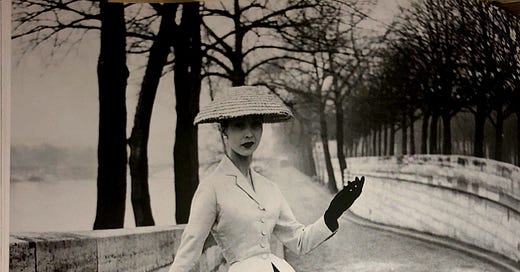



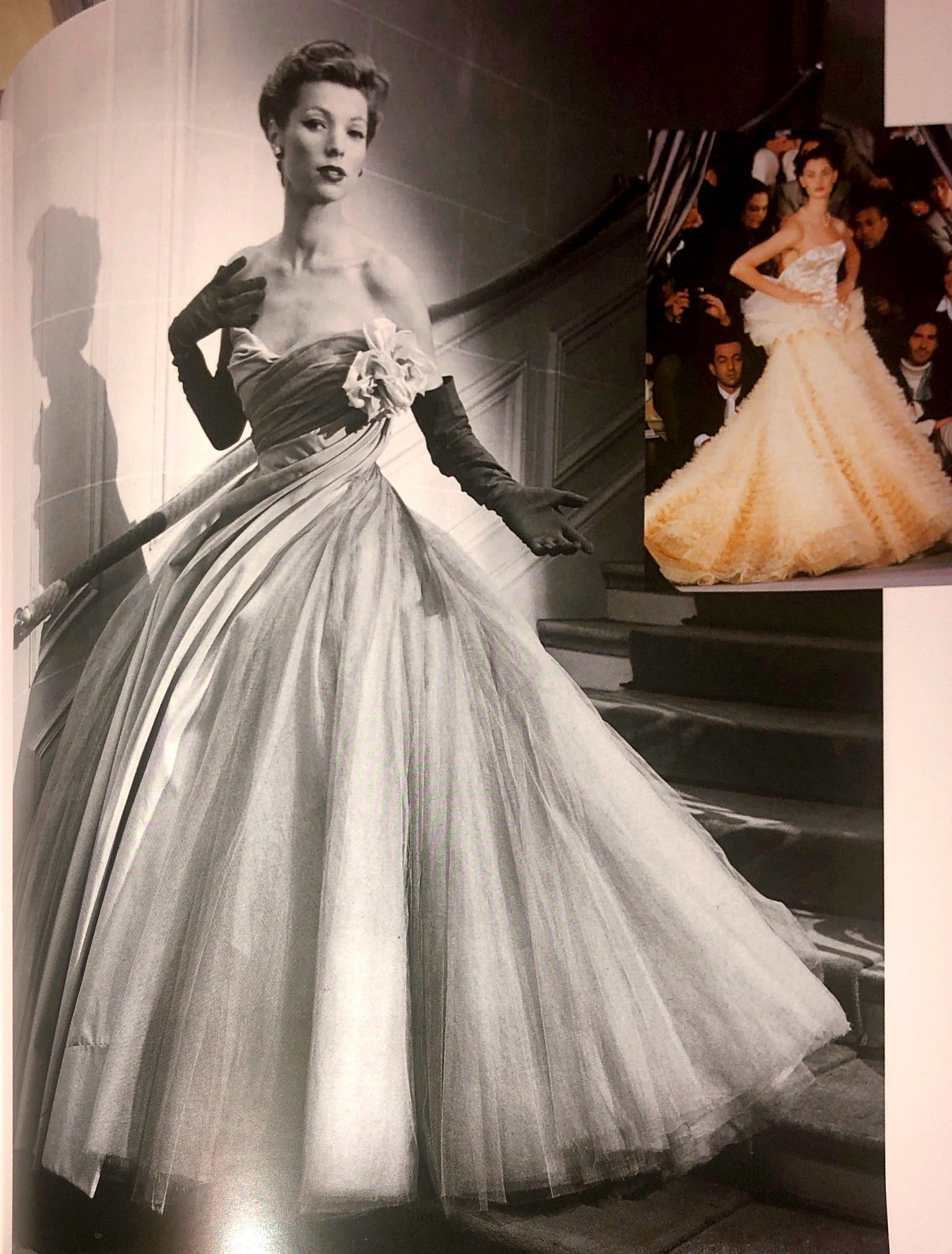
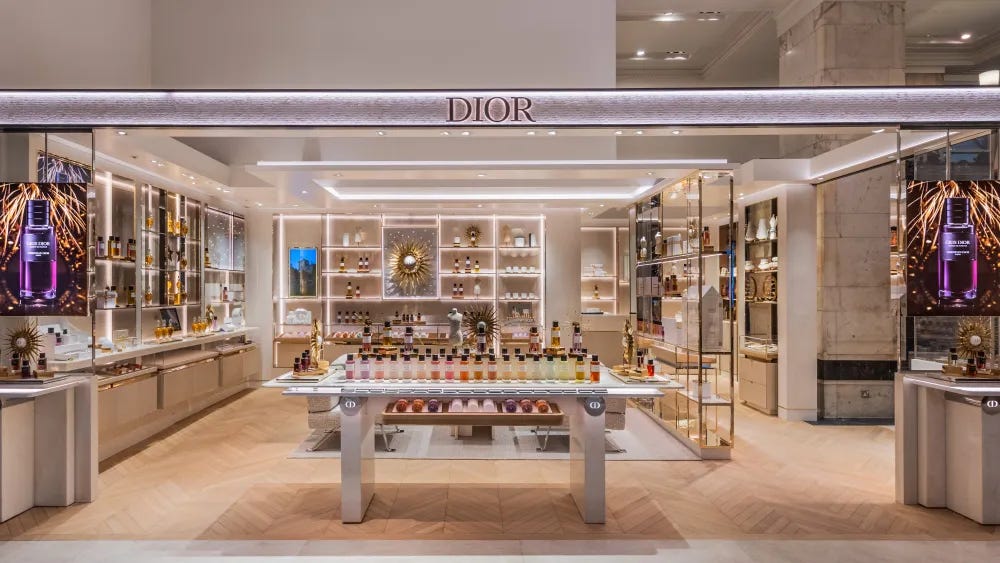
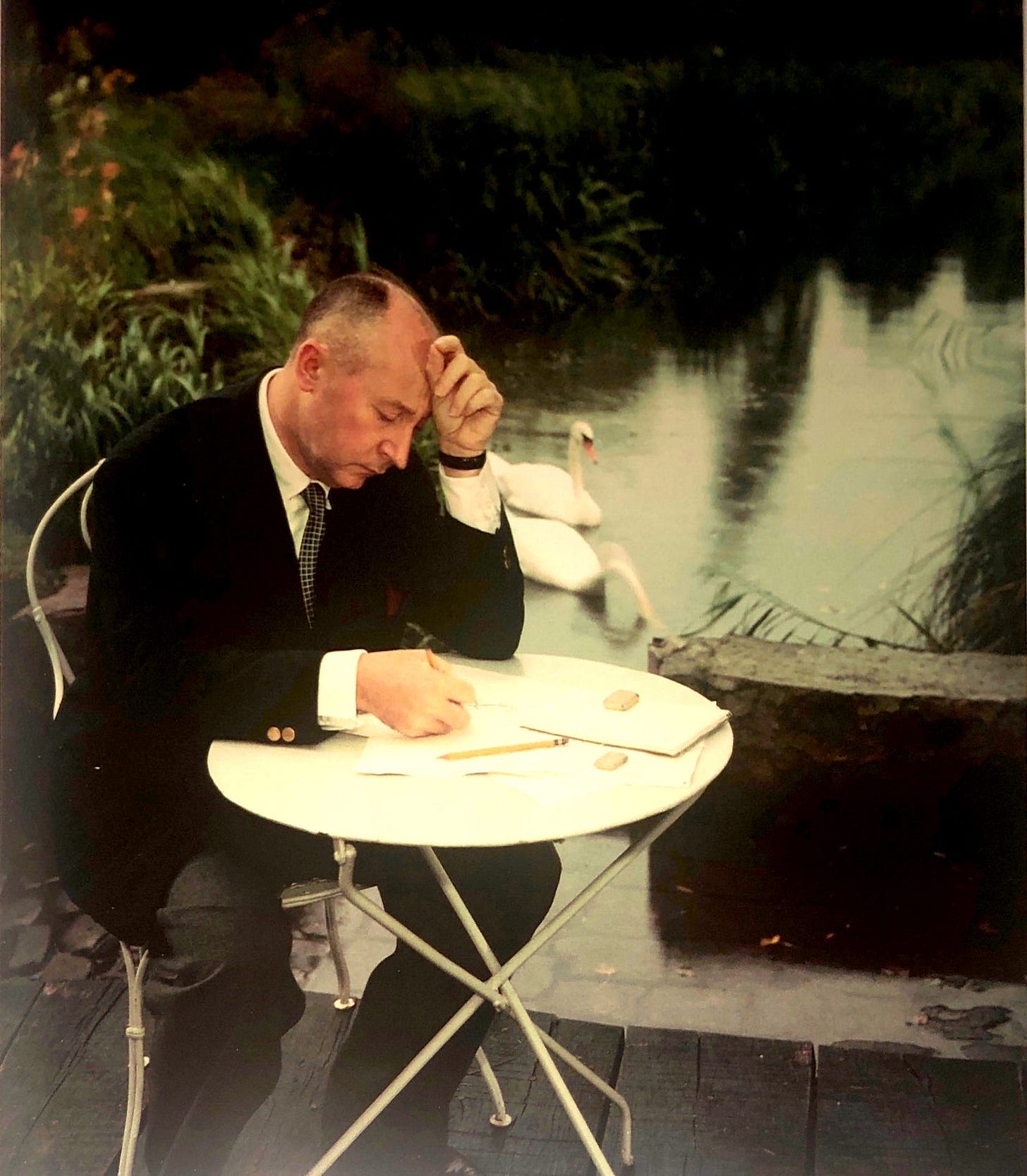

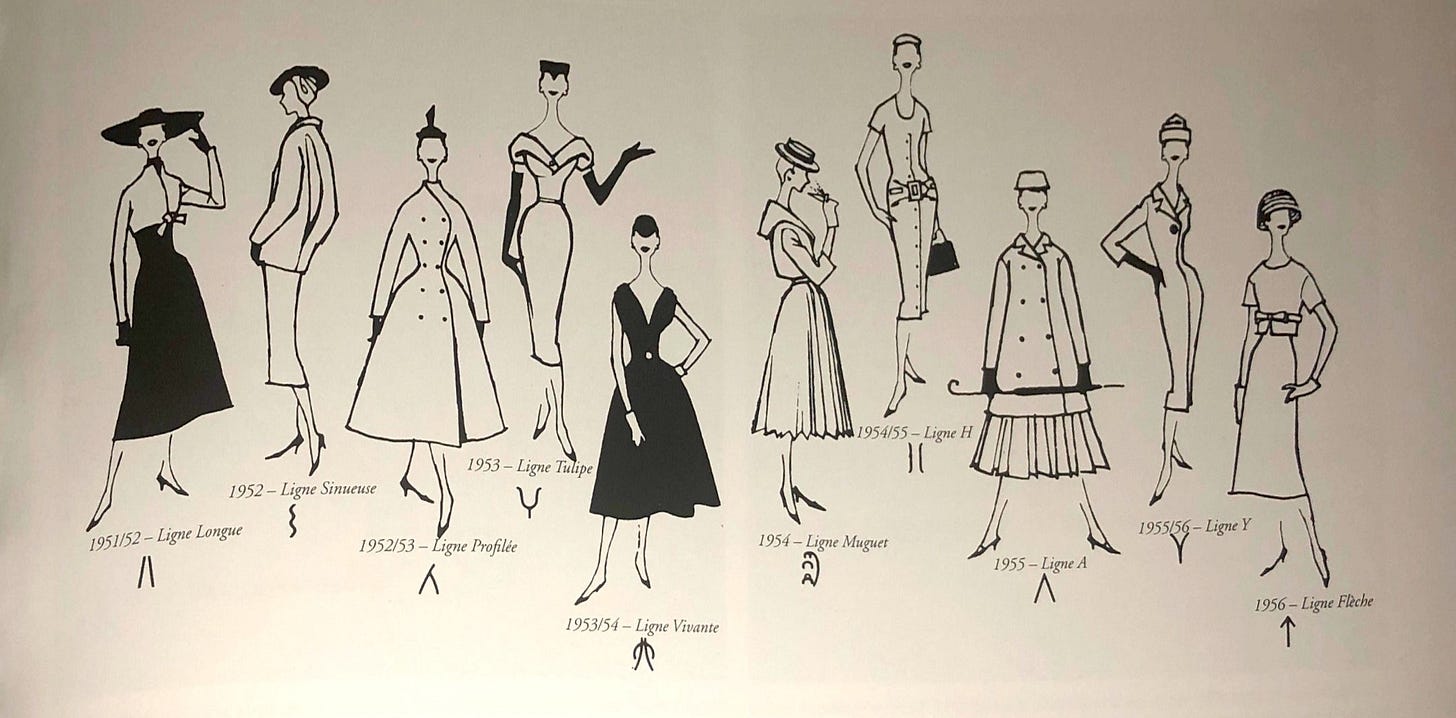
Loved reading about his life.
This was so well researched and well written
Great work!!☺️♥️